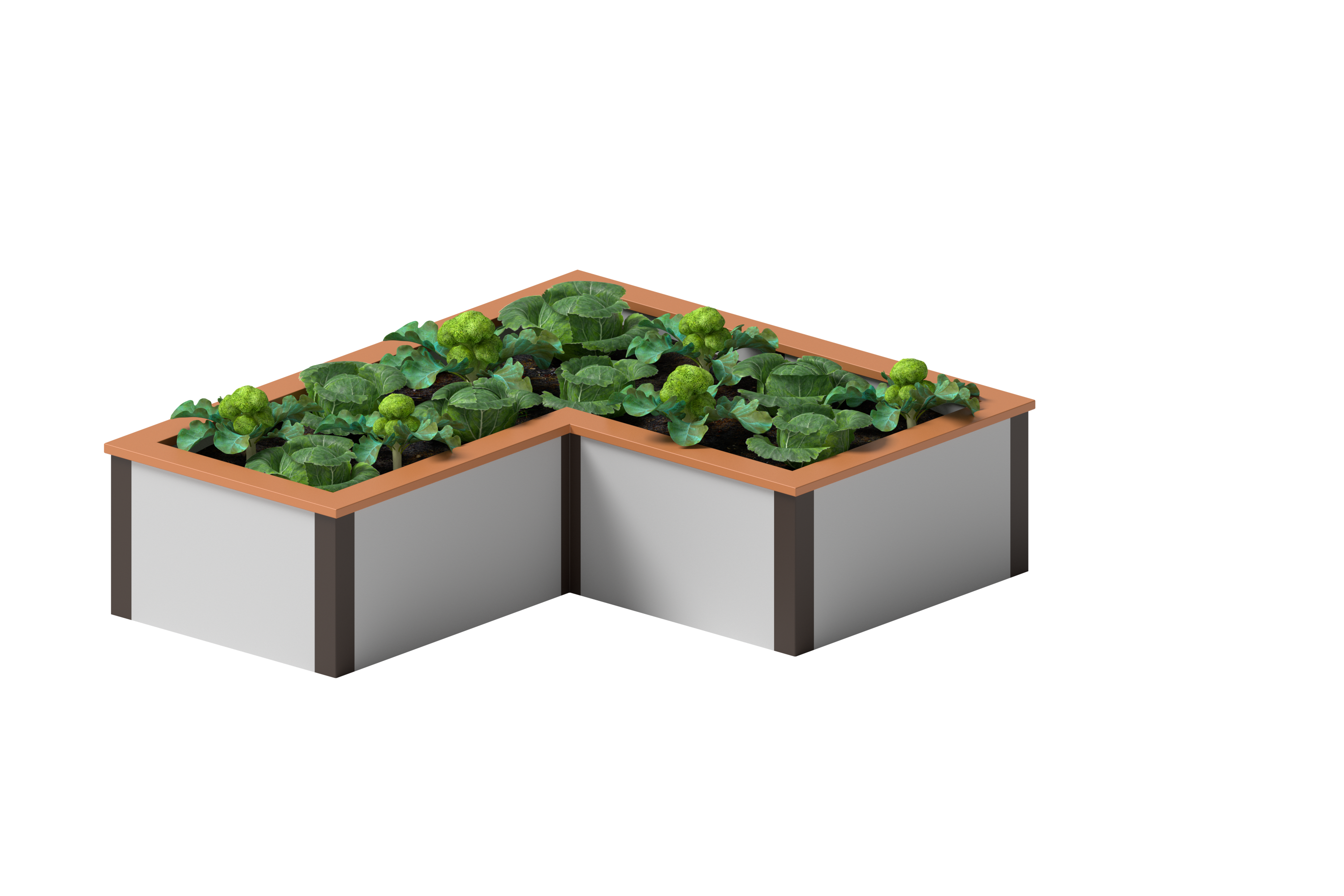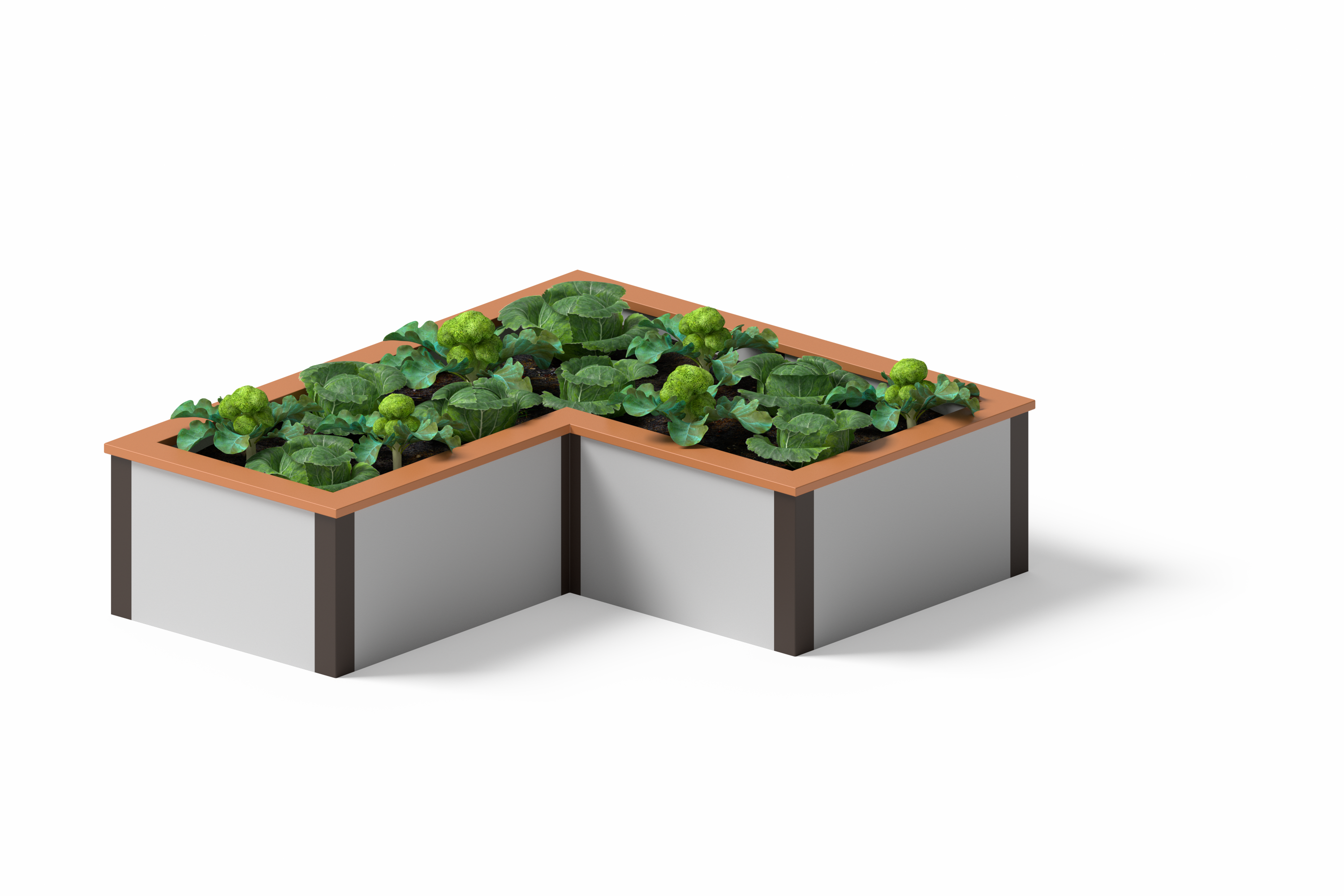Lesson 11
All Kinds of Prisms
Warm-up: Which One Doesn’t Belong: Many Prisms (10 minutes)
Narrative
Launch
- Groups of 2
- Display the image.
- “Pick one that doesn’t belong. Be ready to share why it doesn’t belong.”
Activity
- 1 minute: quiet think time
- 2–3 minutes: partner discussion
- Share and record responses.
Student Facing
Which one doesn’t belong?




Student Response
For access, consult one of our IM Certified Partners.
Activity Synthesis
-
“What do Figures A, C, and D have in common?” (They all show individual cubes. They all have 5 as one of their side lengths.)
Activity 1: Prism Palooza (20 minutes)
Narrative
The purpose of this activity is for students to practice finding the volume of rectangular prisms given a real-world context. The first problem provides a diagram like students have seen in earlier lessons to illustrate the context. The other problems do not provide a picture so students will need to visualize or draw a sketch of the situation. Going from the words of the problem to a mental image to a solution strategy are all important aspects of making sense of and solving a problem (MP1).
Because these are real-world problems, each rectangular prism sits on a natural base. Monitor for students who use this structure and use the formula connecting volume to the area of the base and the height relative to that base.
Advances: Reading, Representing
Launch
- Groups of 2
Activity
- 8 minutes: individual work time
- 2 minutes: partner discussion
- Monitor for students who find the volume in different ways, either using different bases or using 3 measurements for the length, width, and height.
Student Facing
- Han is filling a box with cubes. Below is a diagram of the box. How many cubes can fit in the box if Han completely packs it, without gaps between cubes?
- Clare bought a storage container for her art supplies. The storage container was 4 feet wide, 9 feet long, and 5 feet high. What is the volume of her container?
- Mai’s new bedroom has a walk-in closet with a floor that measures 30 square feet. Her closet ceiling is 9 feet from the floor. What is the volume of her closet?
Student Response
For access, consult one of our IM Certified Partners.
Activity Synthesis
- Ask selected students to share their solutions for the second problem.
- “How are the strategies the same? How are they different?” (They both got the same solution, but one person multiplied \(4\times9\) to get the area of the base and then multiplied the result by 5, but the other person chose to multiply \(4\times5\) first.)
- “How is the third problem different from the first two?” (It does not give us the length and width of the closet. It just gives the area of the floor.)
Activity 2: Problem Solving with Figures (15 minutes)
Narrative
The purpose of this activity is for students to solve a real-world problem that involves finding the volume of a figure composed of two right rectangular prisms. Unlike many other figures students have seen, this one can be decomposed into two rectangular prisms in only one way. Students may rearrange the two prisms to make a single, long rectangular prism.
Supports accessibility for: Visual-Spatial Processing, Conceptual Processing, Organization
Launch
- Display the picture of the garden from the student workbook:

- “This type of garden is called a raised bed garden because the plants are not in the ground.”
- “If we planted a garden at our school, what vegetables would you want to grow?”
Activity
- 5 minutes: individual work time
- 5 minutes: partner discussion
- Monitor for students who break the garden into two rectangular prisms, finding the volume of each, and for students who put them together to form a single rectangular prism.
Student Facing
The elementary school is going to build a raised bed garden like the one in the picture, but they will use a different design. Here is a diagram that shows the side lengths of the garden the school will build.

- What is the volume of the garden? Explain or show your reasoning.
-
Write an expression to represent the volume of the garden.

- Noah wants to design a garden with the same volume but different side lengths. What could the side lengths of his garden be?
- Which garden design do you like better? Explain or show your reasoning.
Student Response
For access, consult one of our IM Certified Partners.
Activity Synthesis
- Display the diagram of the garden from the task.
- Invite students to share how they found its volume.
- “What do the two parts of the garden have in common?” (They are both 4 feet tall and 3 feet wide.)
- “What is different about the two parts of the garden?” (The length. One piece is 10 feet long and the other piece is 8 feet long.)
- “How could you put the pieces together to make a single rectangular prism?” (The sides that are 3 feet by 4 feet fit together and the length would be 18 feet.)
Lesson Synthesis
Lesson Synthesis
“In this unit, you did a lot of work with prisms and volume. What are some things you know about volume and rectangular prisms?”
Share and record students’ responses.
Display these images from the unit:






“Talk to your neighbor. Discuss which part of the unit was your favorite and why. How did working with the cubes help you with the rest of the volume work in the unit?”
Cool-down: The Volume of a Sandbox (5 minutes)
Cool-Down
For access, consult one of our IM Certified Partners.
Student Section Summary
Student Facing
Some figures are made from two rectangular prisms. We can decompose these figures and find the volume of each prism. Then, we add the volumes of the two prisms to find the total volume of the figure.

There is often more than one way to decompose figures made from 2 rectangular prisms. These expressions can be used to find the volume of the figure:
\((3 \times 3 \times 5) + (5 \times 2 \times 5)\)
\((3 \times 5 \times 5) + (2 \times 2 \times 5)\)
